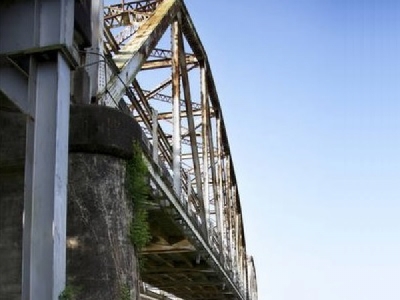
Posted on November 27, 2018
The City of Houston continues to make progress towards Harvey Recovery with both state and federal agencies, Houston City Councilman Dave Martin said in a press release on Wednesday.
City and state leaders have worked in partnership with Senators Ted Cruz and John Cornyn for more than a year towards several initiatives that will have a positive impact on the Lake Houston Area.
One of those initiatives was a bathymetry study completed by the Texas Water Development Board recently completed of the West Fork of the San Jacinto River. Data from this study was given to the Army Corps of Engineers to determine the amount of sediment resulting from Hurricane Harvey flooding.
This study identifies underwater topography allowing the City to understand where the additional sediment brought in by Hurricane Harvey has been deposited in the river and lake as well as changes in depth.
The Texas Water Development Board is surveying the entire lake for the Coastal Water Authority, which contracts with the City for management of the Lake Houston Spillway Dam.
The survey of Lake Houston is projected to be completed by the summer of 2019, Martin said.
In addition, the City is currently reviewing data collected by the Army Corps of Engineers during a recent Light Detection and Ranging study, which uses light in the form of pulsing lasers to measure the distance from the water’s surface to the bottom of the river and lake.
The study allows the City to map changes in shoreline as well as make digital elevation models, Martin said.
“It is this data that is assisting the City and the Army Corps of Engineers in determining the amount of sediment that needs to be removed from locations along the West Fork of the San Jacinto River like the “mouthbar” that is located just south of the Deerwood Country Club,” he said.
Those results will also be used by the Harris County Flood Control District for the creation of new flood insurance rate maps because of the changing rainfall patterns published by the National Oceanic and Atmospheric Administration.
The flood insurance map study will utilize updated surveys of the entire county, which will take several years to complete.
Last month, Martin met with Governor Abbott’s Executive Staff, other state emergency management leaders, and the Army Corps of Engineers to discuss dredging efforts and the amount of sediment deposit that will still remain in the San Jacinto River after the current emergency dredging project is completed in 2019.
The City does not have survey data that is immediately pre- and post-Harvey which would provide a true amount of residual sediment that is a direct result of Hurricane Harvey, Martin said.
Officials with the Army Corps of Engineers indicated that an additional disposal site would be needed to remove the additional silt and sediment material. As a result the City of Houston has been proactive in identifying a site, thanks to the assistance of a local landowner that has property on the south side of the West Fork of the San Jacinto.
In summary, the process to have the mouthbar removed from the West Fork of the San Jacinto River has been an arduous one. All parties from local, state, and federal agencies have been working together to accurately define the area needed for additional removal so that capacity can be restored to the river and reduce the effects of future flooding.
Source: Patch





